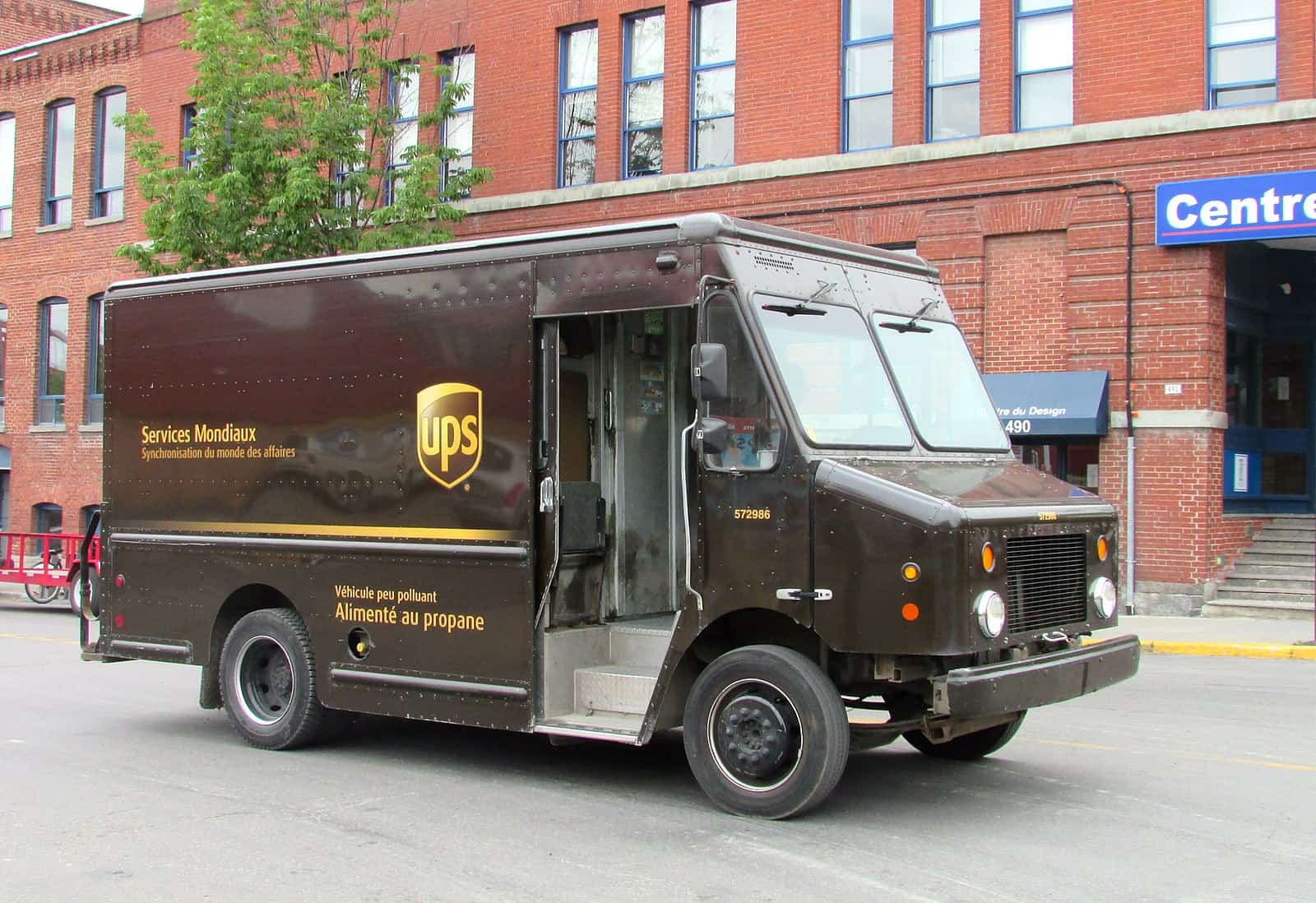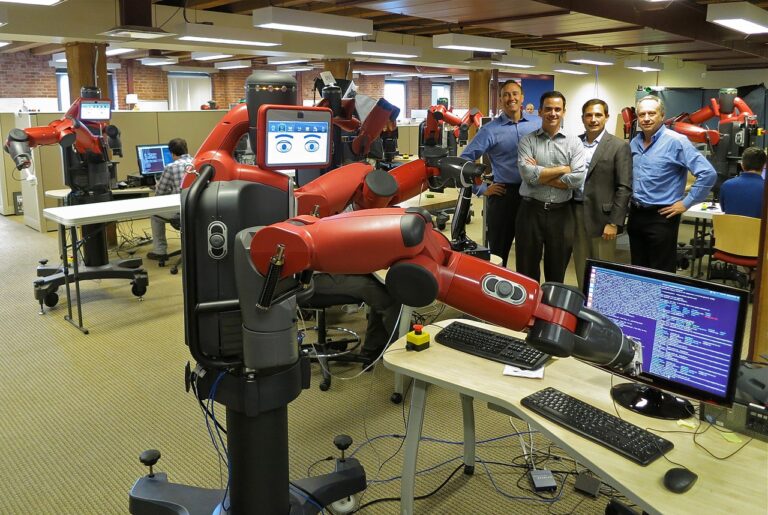
Swap Agrawal is a student at Harvard Law School.
In this weekend’s news and commentary, UPS begins training non-union delivery drivers as a strike looms closer, and building trades unions reach a compromise with Maine Gov. Janet Mills over offshore wind projects.
On July 14, United Parcel Service (UPS) said it will begin training non-union delivery drivers soon as the threat of a strike by their 340,000 union employees grows. In a statement on Friday, UPS announced that employees will “participate in training that would help them safely serve our customers if there is a labor disruption.” UPS said that this was a “temporary plan” and not an effort to walk away from negotiations or permanently replace union workers. However, in National Labor Relations Board v. Mackay Radio & Telegraph Co., the Supreme Court held that employers may permanently replace striking workers despite the National Labor Relations Act’s prohibition against employer action that interferes with or impedes or diminishes in any way the right to strike. “What an insult this is to the hardworking men and women who do backbreaking work every day to make this company $100 billion a year,” a Teamsters spokesperson said. “The full-time drivers, and the part-time workers making poverty wages, deserve better from this company.” It remains to be seen whether UPS will be able to replace enough workers in the tight labor market to continue operations if a strike is called.
On July 12, the Appropriation and Financial Affairs Committee of the Maine state legislature advanced an offshore wind bill after building trades unions reached a compromise with Gov. Janet Mills. The bill, known as LD 1895, will procure 3 gigawatts of offshore wind power in the Gulf of Maine by 2040. Gov. Mills vetoed a previous version of the bill last month which would have required project labor agreements (PLA) for Maine offshore wind port and construction projects. PLAs are collective bargaining agreements commonly negotiated between construction unions and employers establishing the terms and conditions of employment for a specific construction project. They generally require contractors to hire workers for the project through a union hiring hall. In a letter to lawmakers, Gov. Mills argued that because 90% of Maine’s construction workforce is nonunion, the “PLA requirement creates a chilling effect for these companies and their workers to participate in, and potentially, build this project.” Supporters of the previous bill argued that PLAs do not prevent non-union contractors from bidding.
Under the amended bill text, contractors would have the option of either signing a project labor agreement or a Community and Workforce Enhancement Agreement (CWEA). The CWEA allows more flexibility for employers while ensuring certain minimum labor standards, including collectively bargained rates, apprenticeship requirements and a ban on the use of independent contractors and temp staffing agencies. Thus, even non-union contractors will be required to pay the statewide wage rates that unions agree upon with their contractors during collective bargaining. Jason Shedlock, president of the Maine Building and Construction Trades Council and an organizer for the Laborers’ International Union (LiUNA), said he does not feel unions lost ground by reframing the deal as a CWEA and making plain that non-union contractors can participate. “We want to be sure this industry is competing over things like technological innovation, as opposed to who can bargain down with workers,” Francis Eanes, director of the Maine Labor Climate Council, a coalition of state unions, told the Prospect. The bill is expected to reach Gov. Mills’ desk this week.






Daily News & Commentary
Start your day with our roundup of the latest labor developments. See all
December 5
Netflix set to acquire Warner Bros., Gen Z men are the most pro-union generation in history, and lawmakers introduce the “No Robot Bosses Act.”
December 4
Unionized journalists win arbitration concerning AI, Starbucks challenges two NLRB rulings in the Fifth Circuit, and Philadelphia transit workers resume contract negotiations.
December 3
The Trump administration seeks to appeal a federal judge’s order that protects the CBAs of employees within the federal workforce; the U.S. Department of Labor launches an initiative to investigate violations of the H-1B visa program; and a union files a petition to form a bargaining unit for employees at the Met.
December 2
Fourth Circuit rejects broad reading of NLRA’s managerial exception; OPM cancels reduced tuition program for federal employees; Starbucks will pay $39 million for violating New York City’s Fair Workweek law; Mamdani and Sanders join striking baristas outside a Brooklyn Starbucks.
December 1
California farmworkers defend state labor law, cities consider requiring companies to hire delivery drivers, Supreme Court takes FAA last-mile drivers case.
November 30
In today’s news and commentary, the MSPB issues its first precedential ruling since regaining a quorum; Amazon workers lead strikes and demonstrations in multiple countries; and Starbucks workers expand their indefinite strike to additional locations. Last week, the Merit Systems Protection Board (MSPB) released its first precedential decision in eight months. The MSPB had been […]